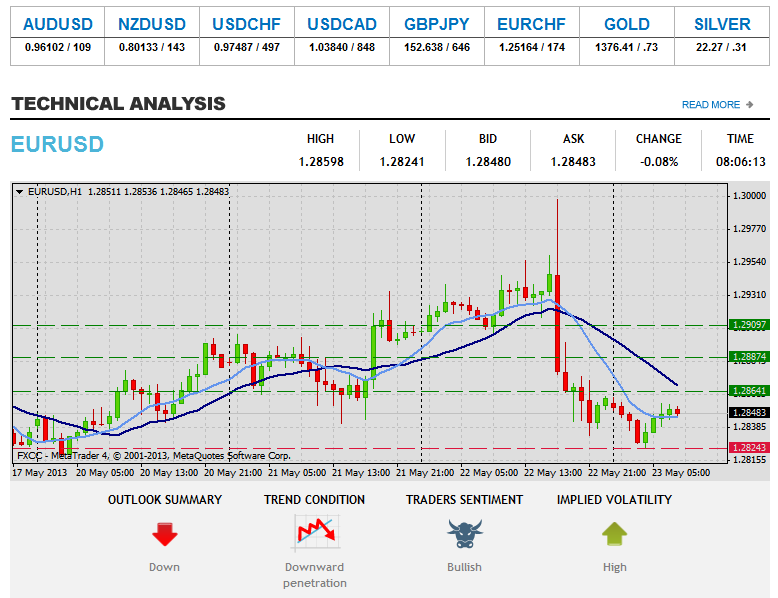Support and Resistance is a trading term in a price zone where prices slow down and turn around before the trend reoccurs. If the direction of the forex market changes, this kind of thing often happens again.
In some places, prices go up and down, bringing them to their highest point before adjusting. And this kind of thing is called Resistance.
But the lowest point is reached when the market starts to show signs of going up again. This is where the support zone starts.

Important things to know about support and resistance
Below, we’ll talk about three general ideas about support and resistance:
1. The price zones of support and resistance
Some traders say that these numbers are the exact prices. and because of this, traders often make bad choices when they trade. but it will help if you remembered that resistance and support are the price zones.
Strong Support is one of these zones where prices can’t go down no matter how many times they touch it. Strong Resistance is a price zone where prices can’t break through and keep going up even after you’ve been there a lot.
2. Resistance and support are the considered levels
Resistance and Support are based on three different levels. Prices change based on these levels. This covers all three levels: hard, soft, and psychological.
Hard levels, also called static levels, are set levels. Trend lines, support and resistance levels as well as Fibonacci retracement levels are all examples of tricky levels.
Soft levels, also called “dynamic levels” because they move along with the price path, are called “soft”. EMA, SMA, and Bollinger Band are a few indicators that belong to this number.
Figures 5, 10, 15, 20, 25, 30, 35, 40, 45, 50, 55, 60, 65, 70, 75, 80, 85, 90, 95, and 100 describe psychological levels.

3. The changeover in the role of them
This principle comes into play when the price breaks through resistance and support to start a new direction.
As early as the price starts to move away from the support level and goes down, the support zone will be broken and become the resistance zone. But this usually happens when the price starts to repeat.
The support zone is usually made when the price doesn’t drop below its lowest low. After many hits, the price has finally moved out of the support zone. Later, it returns to the old Support, now the Resistance zone, and tries again. This starts a downward trend.
On the other hand, once the price starts to break out of the resistance level and goes up, the resistance zone will become a support zone once it has been broken through. But this usually happens when the price starts to repeat.
A resistance zone is usually made when the price doesn’t fall below its lowest low. The price finally broke out of the resistance zone after so many hits.
Later, it returns to the old resistance zone, now the support zone, and tries again. This creates an uptrend.
Bottom line
To wrap up, it’s clear that a basic understanding of forex trade is only complete with an understanding of Support and resistance analysis. If you wish to call yourself an expert trader on the forex market, you must understand this forex indicator’s beauty.


